The Psychology of Cupholders
For some people-– maybe not TTAC readers, but some people-– the cup holder is one of the most important parts of the car. Sure, torque between 4,000 and 6,000 rpms and brake fade are important. But when you’re crawling along at 15 mph with two antsy kids, your suspension’s settings simply don’t matter. The cup holder does.
Henry Petroski, Professor of Engineering and History at Duke University, North Carolina, wrote a piece (Drink Me – How Americans came to have cup holders in their cars) for Slate a few years ago. Petroski reported that he “repeatedly heard articulate people say that their family’s latest automobile purchase hinged on which cup holders worked best for them.” He traces the history of the device from indents in glove-box lids, through those hanging baskets in the JC Whitney catalogue, to the wells dug in almost every flat surface a modern interior offers. My Honda minivan as 49 cup holders.
Petroski failed to address why cupholders are so important. For that, we need a cultural anthropologist like G. Clotaire Rapaille. Rapaille specializes in Jungian archetype analysis and its effect on the reptilian brain (not the brain of lizards, per se, but the oldest part of our human brains). By tuning into the unspoken needs at our core, Rapaille has helped huge conglomerates sell more cars, coffee, toilet paper and cheese.
Rapaille states “…what was the key element of safety when you were a child? It was that your mother fed you, and there was warm liquid. That’s why cup holders are absolutely crucial for safety. If there is a car that has no cup holder, it is not safe. If I can put my coffee there, if I can have my food, if everything is round, if it’s soft, and if I’m high, then I feel safe. It’s amazing that intelligent, educated women will look at a car and the first thing they will look at is how many cup holders it has.”
Cup holders hold the place of mother’s milk in our roving steel and glass wombs. It’s an utterly ridiculous idea… unless you consider the corroborating evidence.
University of California psychology professor Richard Coss is the father of evolutionary aesthetics, a concept he birthed in the late 70s. The idea is: part of your temporal lobes understands art emotionally and analytically. Deeper parts of your brain respond to art instinctively. To illustrate the point, Coss points to The Snake Goddess and Her Enemy by Paul Klee. People usually feel discomfort upon seeing the unblinking eyes and snake shapes. In our history, unblinking eyes and snakes have never been good things for our species. Death and death, really.
Around the same time Gordon Orians, at the University of Washington, studied how blackbirds choose where to live. He noticed humans also seem attracted to similar, specific features: presence of water, large trees, open space, distant views. Humans tend to like the savanna, where we did a good portion of our evolving. He did a study with paintings. The images that had the right mix of water, protection, vegetation and view were ranked highest again and again, across cultures. In the 30 years to follow, Coss and Orians’s work has been examined, analyzed, re-tested and (let’s go for it) substantiated.
Understanding the relative benefits of the environment is a skill with obvious evolutionary benefits. A skill that may have found it’s way into our hardwiring, and functions still, even as our concern shifts from safely navigating open plains to the contemplating the interior of the Land Rover trudging over it.
Accepting that we respond to automotive interiors on a subconscious level is even easier than explaining why chimps might like "A Sunday Afternoon on the Island of La Grande Jatte.” The feeling of a car is all important, whether you’re looking for a little risk or avoiding it altogether.
The new Infiniti EX is an intriguing example. By most standards of logic, this is not a great vehicle. It’s a less stable G35 for more money or, alternatively, an FX with less room. Get inside the thing and it doesn’t seem like a bad idea at all. Sitting in the EX is like retiring to your study. It offers everything the savanna does.
The EX’ round, undulating design is womb-like. Layers of leather are not vegetation, but certainly natural. The car gives you an extended view from a safe position. There is an organic flow that feels orderly and cozy. There is no trickling stream in the car-– the rational brain would kick your lizard brain and shake its head within a head – but there’s a cup holder for everyone. Front and back.
Cup holders complete an interior, sometimes taking the whole car along for the ride.
More by Michael Martineck
Latest Car Reviews
Read moreLatest Product Reviews
Read moreRecent Comments
- Ajla I did like this one.
- Zerofoo No, I won't miss this Chevrolet Malibu. It's a completely forgettable car. Who in their right mind would choose this over a V8 powered charger at the rental counter? Even the V6 charger is a far better drive.
- Offbeat Oddity Nope, I won't miss it. I loved the 2008-2012 Malibu, but the subsequent generations couldn't hold a candle to it. I think the Impala was much more compelling at the end.
- Zerofoo An almost 5000 pound hot hatch that fell out of the ugly tree and hit every branch on the way down? No thanks.
- Tassos Jong-iL This would still be a very nice car in North Korea.



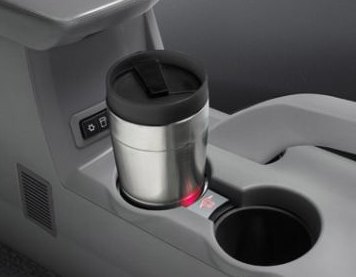












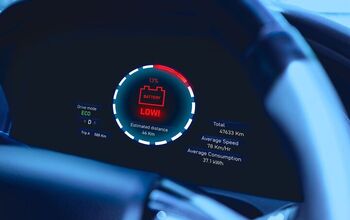
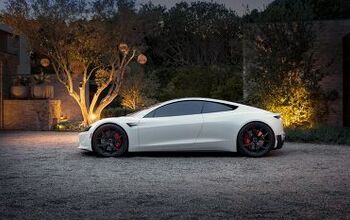

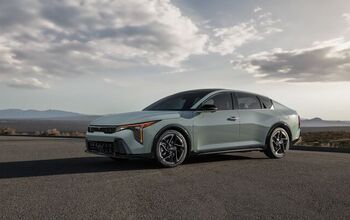



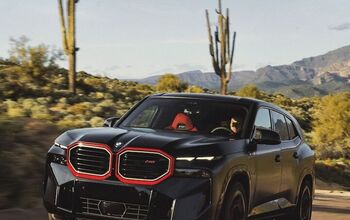
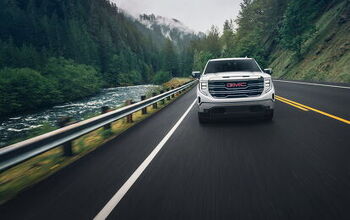
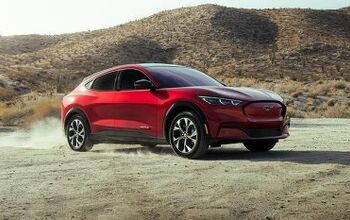
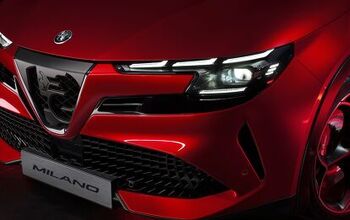
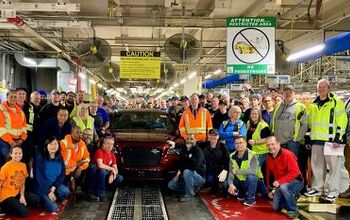
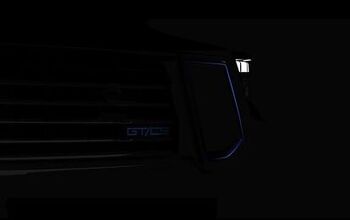

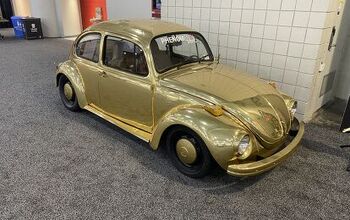
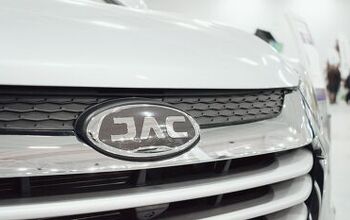
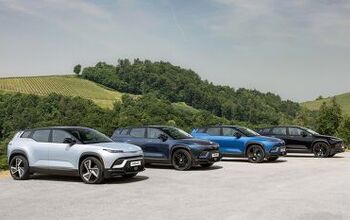

Comments
Join the conversation
I've read a few things about this, its facinating. I often wonder why I a drawn to certian cars that dissapoint when you get into them, and vice versa. Hmmmmm. Oh ya - if the EX is a good example of this, the escalade is a bad example, its scary, not comforting at all. The DTS however is very comforting. go figure
@steronz or horror of horrors he drives a vehicle with an automatic transmission! "While they're not as popular as they used to be, traditional manual transmissions still account for 8 percent to 10 percent of annual passenger car sales, according to Mike Omotoso, an analyst at J.D. Power and Associates." "There's a common perception about the fuel economy of traditional manual-shift vehicles that's a bit misleading. "It used to be that a manual transmission had significantly better fuel economy than an automatic, but now the difference is negligible," Omotoso says. "In fact, many vehicles today with a five- or six-speed automatic have better fuel economy in the city than [vehicles] with a five-speed manual. The highway mileages are also similar." from anther source: "The world over, cars with Automatic Transmission (AT) are the best sellers. In developed nations like the US, 90 per cent of the total cars feature automatic transmission and in Europe it is 60 per cent" Whatever will you do now that you know millions upon millions of drivers have the luxury of not having to shift gears manually. How will you live with that knowledge? Will it ruin driving for you?